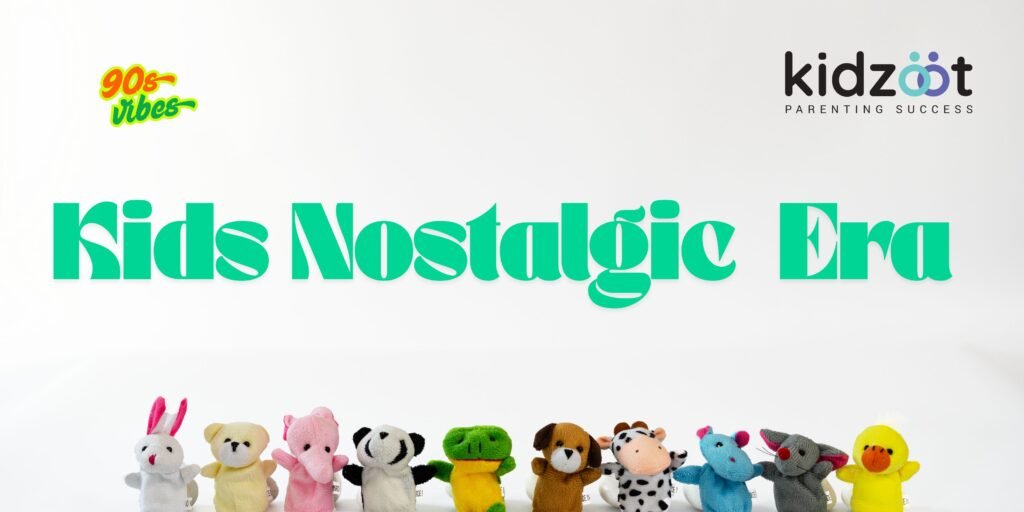Remember a time when the world felt simpler? When summers stretched endlessly before you, your biggest concern was beating the next level, and “online” meant waiting for the dial-up tone? For a generation that grew up riding the cusp of analog charm and digital dawn, childhood nostalgia isn’t just about specific toys or shows – it’s a feeling. It’s the warmth of shared experiences, the thrill of unfiltered discovery, and the comforting rhythm of rituals long since passed.
Table of Contents
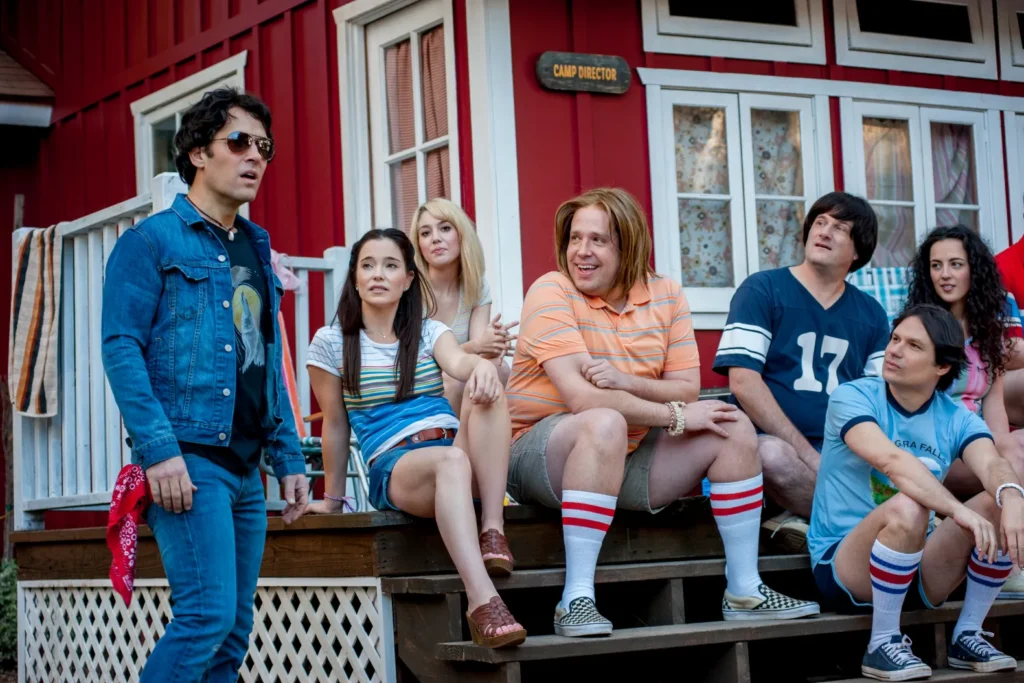
The Unstructured Freedom of Summer Days
This wasn’t just vacation; it was an epic saga written day by day. Waking up to sunlight streaming through the blinds, knowing the day was a blank canvas. No scheduled camps (unless it was a rare treat), no constant parental check-ins via devices. It was grabbing your bike, meeting friends at the agreed-upon spot (often just “outside”), and letting imagination lead the way. Building forts in backyards, epic water gun battles that spanned entire neighborhoods, riding bikes until the streetlights flickered on – the universal signal to head home. There was a palpable sense of adventure and independence, a world explored on foot or two wheels, fueled by peanut butter sandwiches and Kool-Aid. The days felt longer, the air warmer, and the possibilities truly endless. It was freedom in its purest, most exhilarating form.

Saturday Morning Cartoon Rituals
Forget binge-watching; this was an event. Waking up early, not for school, but for the sacred Saturday morning lineup. Pouring an absurdly sugary cereal into a bowl (the louder the crunch, the better), plopping down cross-legged on the carpet, and being utterly transported. From the high-energy antics of Animaniacs and Tiny Toons to the superheroics of X-Men and Spider-Man, the heartfelt lessons of Rugrats and Doug, and the wild adventures of ReBoot or Gargoyles. Each show was a distinct world, punctuated by catchy jingles and toy commercials that became cultural touchstones. It wasn’t passive viewing; it was communal anticipation, watercooler talk for the playground on Monday, and the foundation of lifelong fandoms. The specific shows varied, but the ritual – the sugary cereal, the carpet imprint on your legs, the shared excitement – was universal.
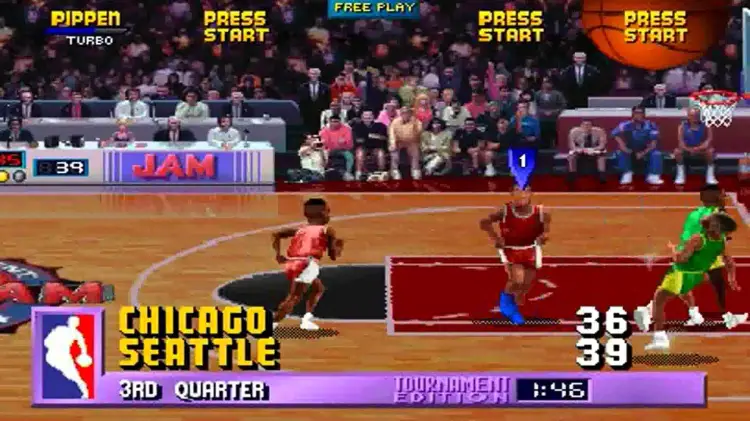
The Golden Age of Couch Co-op Gaming
Multiplayer meant physical presence. Huddling around a (often small) TV screen, controllers tethered by cords, engaged in pixelated battle royales fueled by pizza and soda. Games like GoldenEye 007 on the N64 weren’t just played; they were events governed by sacred rules (“No Oddjob!”, “Slappers Only!”). The frantic energy of Mario Kart 64 races, the strategic chaos of Super Smash Bros., the collaborative puzzle-solving in Super Mario World, or the intense sports rivalries in NBA Jam (“He’s on fire!”). It was about shared triumphs, crushing defeats (often followed by accusations of screen-looking!), and the unique language of button mashing and controller-gripping intensity. The laughter, the shouting, the pure, unmediated social connection forged through shared digital worlds is a feeling modern online gaming rarely replicates. This era birthed legends and solidified friendships.
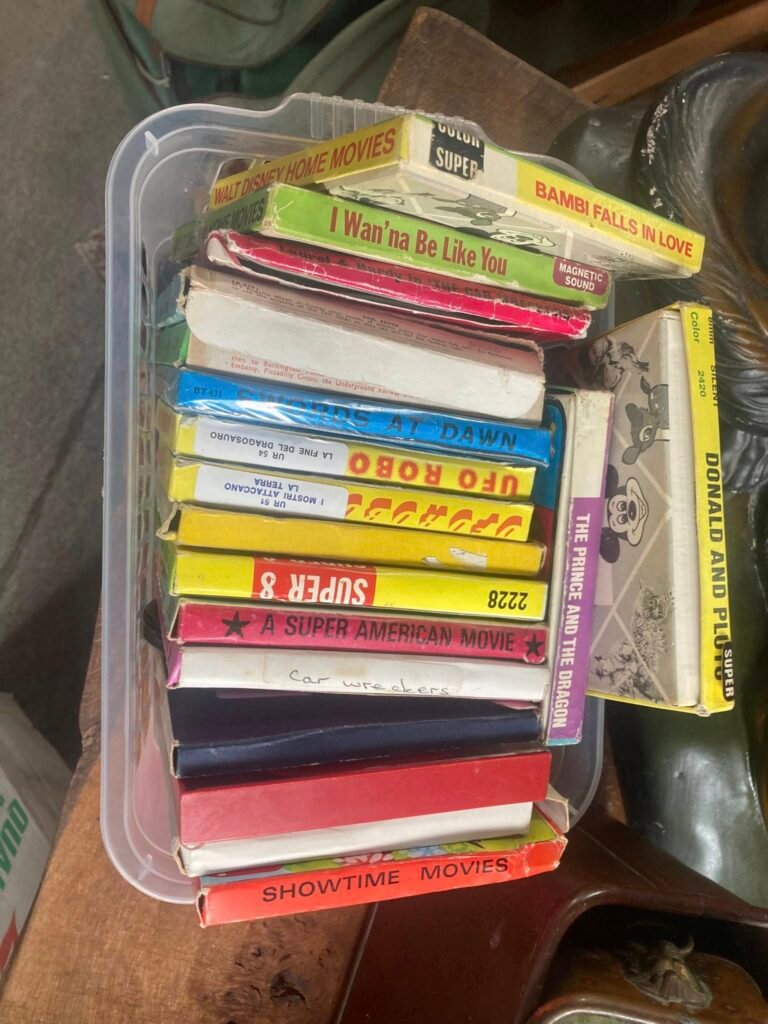
The Blockbuster Video Pilgrimage
Choosing a movie wasn’t a scroll; it was an adventure. The weekly trip to Blockbuster (or the local video store) was steeped in ritual and excitement. The distinct smell – a mix of plastic cases, popcorn, and carpet cleaner – hit you as you walked in. Browsing aisles packed with colorful VHS boxes, reading the tantalizing synopses on the back, debating endlessly with siblings or friends. Would it be the newest action flick? A classic comedy? Maybe a scary movie you weren’t quite old enough for? The thrill of finding the last copy of the hot new release, the agony of seeing the empty slot. Renting video games involved similar deliberation, often accompanied by hopeful glances at the “Previously Rented” section for hidden gems. Getting home with your treasures (maybe a candy or two from the counter), popping in the tape, and settling in – it was an event, an investment of time and anticipation that streaming can’t match.
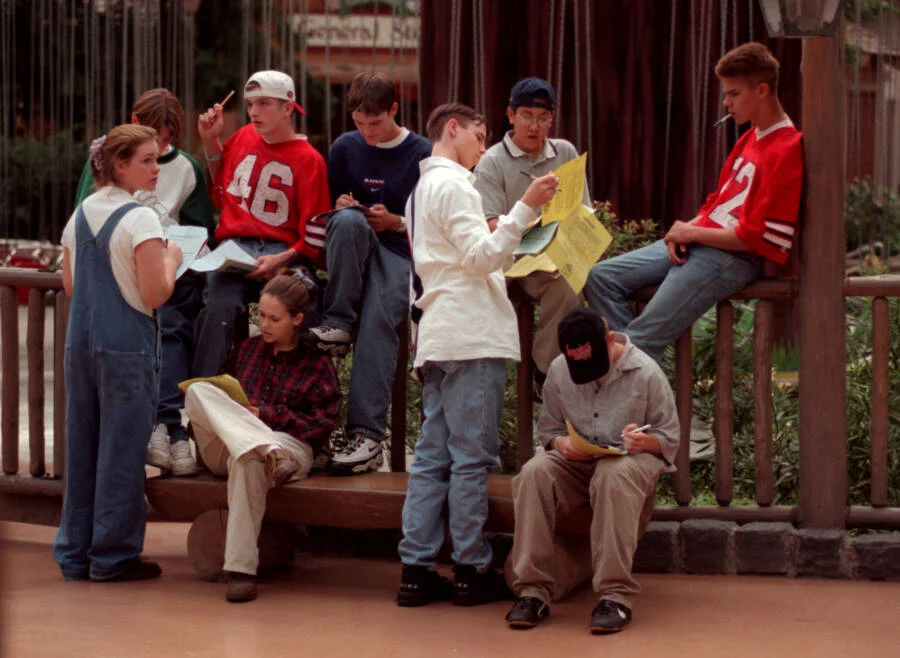
Mall Culture as Social Epicente
Before online hangouts, there was the Mall. For kids and teens, it wasn’t just a place to shop; it was a vibrant social hub, a microcosm of independence. Spending hours wandering with friends, people-watching, window shopping, maybe scrounging enough change for a giant pretzel or an Orange Julius. Hanging out at the arcade, feeding quarters into Street Fighter II, The Simpsons beat-em-up, or Time Crisis. Browsing the eclectic wonders of stores like Spencer’s Gifts, flipping through CDs at Sam Goody, or marveling at the themed merchandise in the Disney Store or Warner Bros. Studio Store. Checking out the latest trends at Hot Topic or Gadzooks. It was a place to see and be seen, practice social skills, and feel a sense of belonging in the buzzing atmosphere. The mall was adventure, community, and the pulse of youth culture, all under one (often fluorescent-lit) roof.
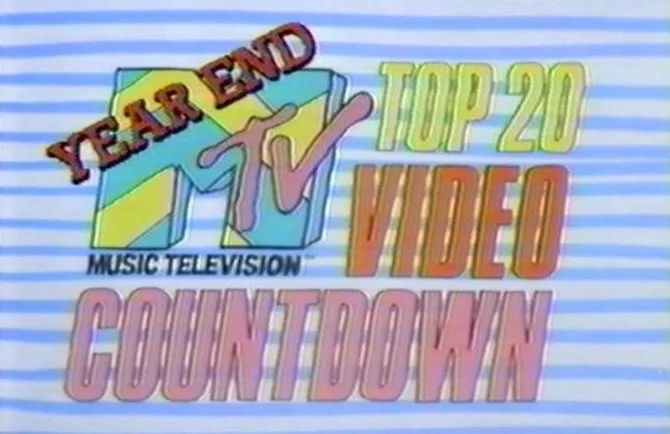
The Thrill of Music Discovery (Pre-Streaming)
Finding new music was an active, tactile, and often communal pursuit. Hearing a song you loved on the radio meant scrambling to hit “record” on your cassette player, hoping the DJ wouldn’t talk over the intro. Waiting for MTV or VH1’s countdowns to see the video for that hot new track. Buying a CD based solely on liking one song or a cool album cover, then pouring over the liner notes and lyrics booklet. Making meticulously curated mixtapes for crushes or friends, a true labor of love. Browsing record stores, discovering hidden gems in the bins. Music felt more personal, more owned. The anticipation built through these processes made finally hearing the song, or holding the physical album, incredibly rewarding. Sharing headphones with a friend to listen to a new CD walkman purchase was a bonding experience. Genres exploded – grunge, hip-hop, pop punk, boy bands, girl power – each defining micro-eras within the decade.
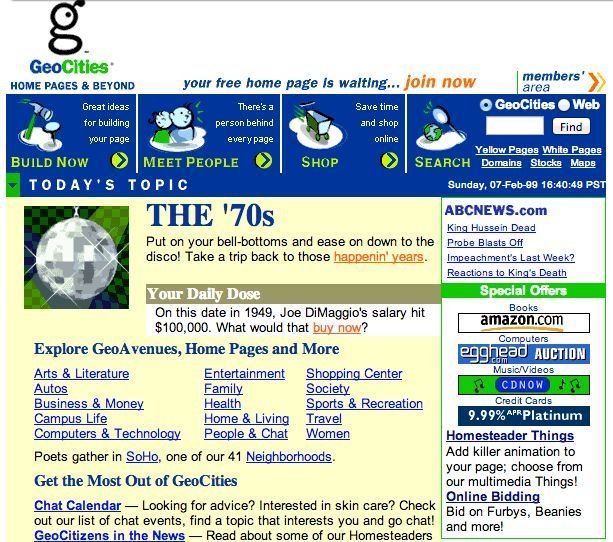
The Innocent World of AIM & Early Internet
Digital connection was novel, exciting, and refreshingly low-stakes. The iconic sound of a dial-up modem connecting was the gateway to a new frontier. AOL Instant Messenger (AIM) wasn’t just messaging; it was a social lifeline. Crafting the perfect away message (often cryptic song lyrics or inside jokes), choosing your font colors and buddy icons with care, the thrill of hearing the “door open” sound when a crush logged on. Chat rooms felt like uncharted territory, full of potential new friends (and the timeless “a/s/l?”). Early websites were often quirky, personal, and full of discovery – fan pages, game cheats, bizarre animations. The internet felt smaller, more manageable, and less demanding. It was a tool for connection and exploration, not a constant, overwhelming presence. Logging off meant truly disconnecting, leaving the digital world behind until next time. It was the dawn of a new age, experienced with wide-eyed wonder.

The Collectible Craze: Beanie Babies, Pogs, & Trading Cards
Fads burned bright, uniting playgrounds and lunchrooms in a frenzy of collecting and trading. The hunt was half the fun. Beanie Babies weren’t just stuffed animals; they were potential retirement funds (or so we thought!), each new release and rare tag variation sparking excitement. Pogs transformed simple milk caps into a competitive battleground, with prized “slammers” carried in special tubes. Pokémon cards (and later, Yu-Gi-Oh!) weren’t just for playing; they were valuable commodities, traded with intense negotiation and strategy on the blacktop. Sports cards held similar sway. Binders were meticulously organized, collections proudly displayed. It taught negotiation, value assessment (kid-style), and the thrill of the hunt for that one elusive piece to complete a set. These weren’t just toys; they were social currency and catalysts for countless interactions.
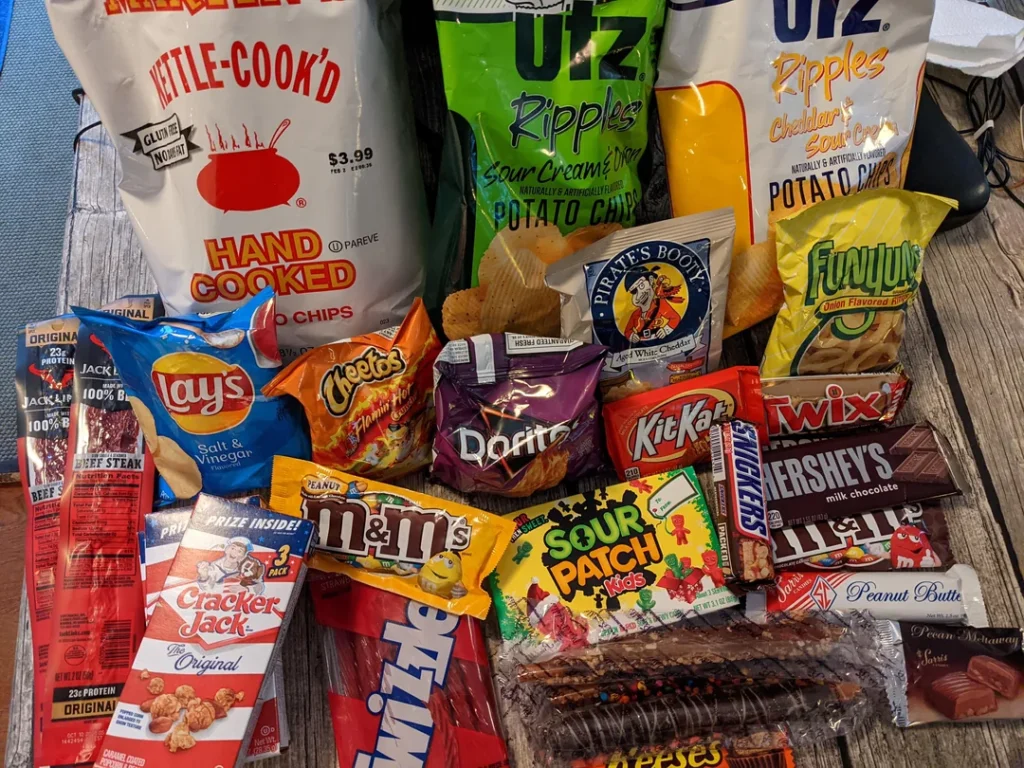
Snack Foods as Cultural Icons
Certain tastes instantly transport you back. This era saw the rise (and sometimes fall) of iconic snacks that weren’t just food, but experiences. Dunkaroos (the perfect cookie-to-frosting ratio!), Lunchables (a mini-feast of processed delight), Fruit Roll-Ups and Gushers (explosions of sugary fruit), Ecto Cooler Hi-C (the ultimate Ghostbusters tie-in), Surge (the hyper-caffeinated green menace), Oreo O’s cereal (cookies for breakfast!), and the glorious, colorful wonder of Nerds Ropes. These weren’t everyday staples; they were coveted treats, often packed in lunchboxes as a special surprise or purchased with allowance money. The packaging, the marketing, the unique textures and flavors – they’re inextricably linked to lunch tables, after-school snacks, and weekend indulgences.
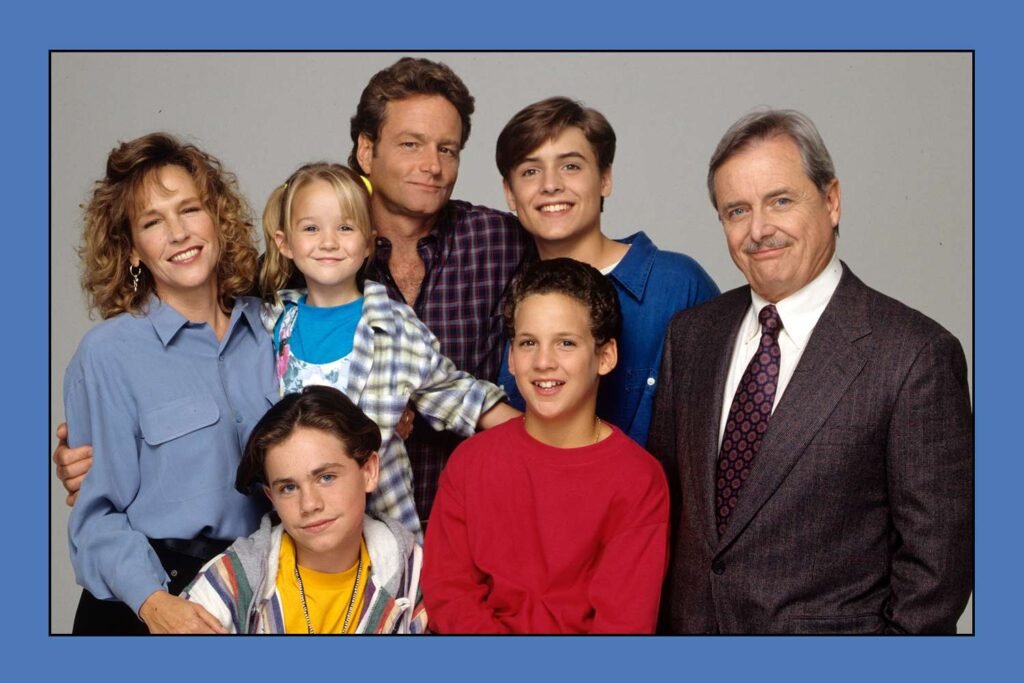
Must-See TV & Shared Viewing Events
Television wasn’t just background noise; it was appointment viewing and a shared cultural experience. Gathering with family for the TGIF lineup on ABC (Full House, Family Matters, Step by Step, Boy Meets World), laughing together at the same jokes. The phenomenon of Friends on Thursday nights – watercooler talk wasn’t just for offices; it happened in school hallways the next day. Nickelodeon’s SNICK block (All That, Kenan & Kel, The Secret World of Alex Mack) defined Saturday nights for kids. Event television felt truly eventful – the series finale of Cheers, Seinfeld, or MASH (reruns for younger gens, but impactful nonetheless). Watching music videos on MTV’s TRL after school to see who would be number one. There were no spoilers (unless someone taped it and watched early!), no pause button. You watched it live, with everyone else, creating a powerful sense of shared participation in pop culture.

Analog Creativity & Unplugged Play
Imagination was the ultimate engine. Without constant digital stimulation, kids became masters of making their own fun. Building elaborate forts from couch cushions and blankets. Putting on plays in the garage for patient (or captive) parents. Drawing comics, writing stories in notebooks, creating intricate worlds for action figures or dolls. Sidewalk chalk masterpieces that transformed driveways. Inventing complex games with simple rules using sticks, balls, or just running around. Board game nights that stretched for hours. Listening to cassette tapes or CDs while reading the liner notes, letting the music fuel daydreams. Crafts involving Popsicle sticks, glitter, and questionable amounts of glue. This unstructured, self-directed play fostered problem-solving, creativity, collaboration, and the ability to find wonder in the everyday. It was play driven purely by curiosity and invention.

The Simple Magic of Seasons & Holidays
Anticipation had a tangible sweetness. Holidays weren’t just marked on a calendar; they were felt in the air and built up through tangible rituals. The arrival of the Sears Wish Book or JCPenney catalog, dog-earing pages and circling dream toys for Santa. The specific, comforting smell of a real Christmas tree filling the house. Dressing up in homemade or store-bought costumes for Halloween and hitting the streets with pillowcases, comparing hauls under streetlights. The excitement of the first snow day, leading to epic sledding adventures and snow fort construction. Dyeing Easter eggs, hunting for them in the backyard. Fourth of July parades and sparklers at dusk. Thanksgiving dinners with extended family crammed around the table. Birthdays celebrated with parties at home or roller rinks, featuring cake, games, and goody bags. These traditions, often simple, were made magical through repetition, family presence, and the unfiltered excitement only childhood can bring. Seasons had distinct flavors, activities, and feelings associated with them.
Carrying the Magic Forward
Revisiting these nostalgic touchstones isn’t about rejecting the present. It’s about honoring the unique magic of that time and recognizing what made it special. We can carry those core feelings – the joy of discovery, the value of genuine connection, the beauty of unstructured play, the sweetness of anticipation – forward into our lives today. Maybe it means putting phones away during family dinner, encouraging kids to build a fort, having a board game night, making a mixtape (or playlist) for a friend, or simply sitting outside and listening to the sounds of the neighborhood.
The golden era of our childhoods might be behind us, but the warmth, the laughter, the sense of possibility – that magic hour feeling – is a treasure we can revisit, celebrate, and even weave into the fabric of our present. It reminds us of a time when the world felt full of wonder, and that sense of wonder is something we can choose to nurture, always.

Abhishek Sonkar
Meet Abhishek Sonkar, [B.com, B.Ed., M.Ed.], a child development specialist with years of experience in the field. He has written numerous blog posts on child development and parenting.

